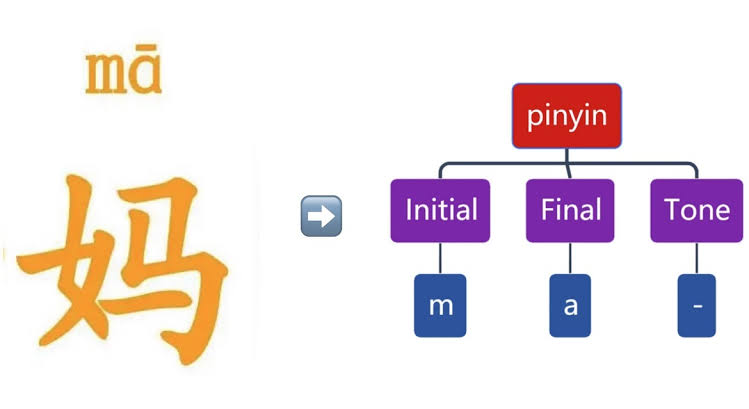Using GPT to translate content, create multilingual URLs, and extract the best tags from content.
We know that having a multilingual website is extremely important for brands and collections of NFTs, especially if the goal is to reach a global audience.

In summary, here are the top 5 benefits of having a multilingual website:
1 - With a multilingual website, you can reach people from different parts of the world, regardless of the language they speak. This allows more people to learn about your brand and engage with it.
2 - Each country or region has its own market for NFTs, and users often prefer to interact with platforms that are available in their native language. Having a multilingual website allows you to attract users from different countries.
3 - By offering support for multiple languages, you are providing a better user experience. People feel more comfortable and engaged when they can navigate and interact with a website in their own language. This increases the likelihood of them exploring and purchasing your products naturally and without barriers.
4 - Having a multilingual website also increases your credibility and trust among users. It shows that you are willing to communicate with them in their own language and that you care about providing a personalized experience. This can make them feel more secure when conducting transactions.
5 - With a multilingual website, you can organically and freely explore the resources of SEO. For better positioning and engagement on major global search engines like Google and Baidu.
Knowing these benefits, we have created the CMS for the eb.tech blog and are using the GPT API to explore much deeper and previously underutilized AI resources. Automating functionalities such as:
- Translating articles into the following languages: 🇧🇷 Brazilian Portuguese, 🇷🇺 Russian, 🇮🇳 Indian Hindi, and 🇨🇳 Mandarin Chinese. In addition to the most popular languages in the world, 🇬🇧 English and 🇪🇸 Spanish.
- Extracting the best tags and creating autolinks.
- Creating a translated URL and Pinyin transcription for languages that do not use the Latin alphabet.
- Using generated text to upload to Google Text to Speech and generate audio for the articles.
Going a little deeper, what is Pinyin's metaphone transcription?
For the Chinese language, it is recommended to use Mandarin online, as most Chinese people use or at least understand Mandarin, as it is the official language of the People's Republic of China.
Although Cantonese (written in traditional Chinese characters) dominates some of the largest cities, as well as Chinatowns around the world, the internet is dominated by Mandarin and simplified characters. But what about using Chinese characters in URLs?
Google's John Mueller said, "It's okay because Google search primarily uses URLs as a way to address content. (...) As long as the URLs are valid and unique, it's fine."
On the other hand, he says, "Regardless of what you put in your URLs, make it easier for people to link to your pages. For example, avoid using spaces, commas, and other special characters in the URL. They work with Google, but make links a little more difficult."
Baidu definitely understands Chinese characters, and the Chinese search engine can process them even better than Google.
Example of Pinyin usage:
- In Mandarin: http://見.香港
- Using Pinyin: http://xn--nw2a.xn--j6w193g

However, for URLs, it is recommended to use Pinyin (汉语拼音) - the standardized phonetic transcription of Latin alphabet characters.
An interesting fact about Pinyin is that Chinese people learn Pinyin even before they learn Chinese or Mandarin because Pinyin is the phonetic part of their writing.
Speaking of phonetics, metaphone is a phonetic algorithm for indexing sequences by pronunciation. Similar to Soundex, it uses a different set of rules for pronunciations and alternatives.
Other improvements we made to the EB.tech Blog focusing on UX were to take the text translated by AI and use Google's Text to Speech service to create complete audio for the text.
Other applied improvements include: the inclusion of hybrid SSR and PWA technology, as well as formatting and standardization of the CMS for Core Web Vitals. This is Google's latest algorithm that focuses on UX, Speed, Simplicity, Organization, and Content.
The hybrid SSR feature uses SSR, SSG, CSR, ISR, ESR, and SWR. The hybrid with moderately optimized code can generate 100 to 200 requests per second in stress testing, but the site with SSR can only generate 16 to 50 requests per second. Therefore, with the hybrid, you fully utilize the single thread, making the CMS highly optimized.
Well, now we just have to wait and see the full potential of the convergence of applied technologies.
PS: To test the feature, select the language in the menu above and go back to the Blog homepage at https://eb.tech/blog.